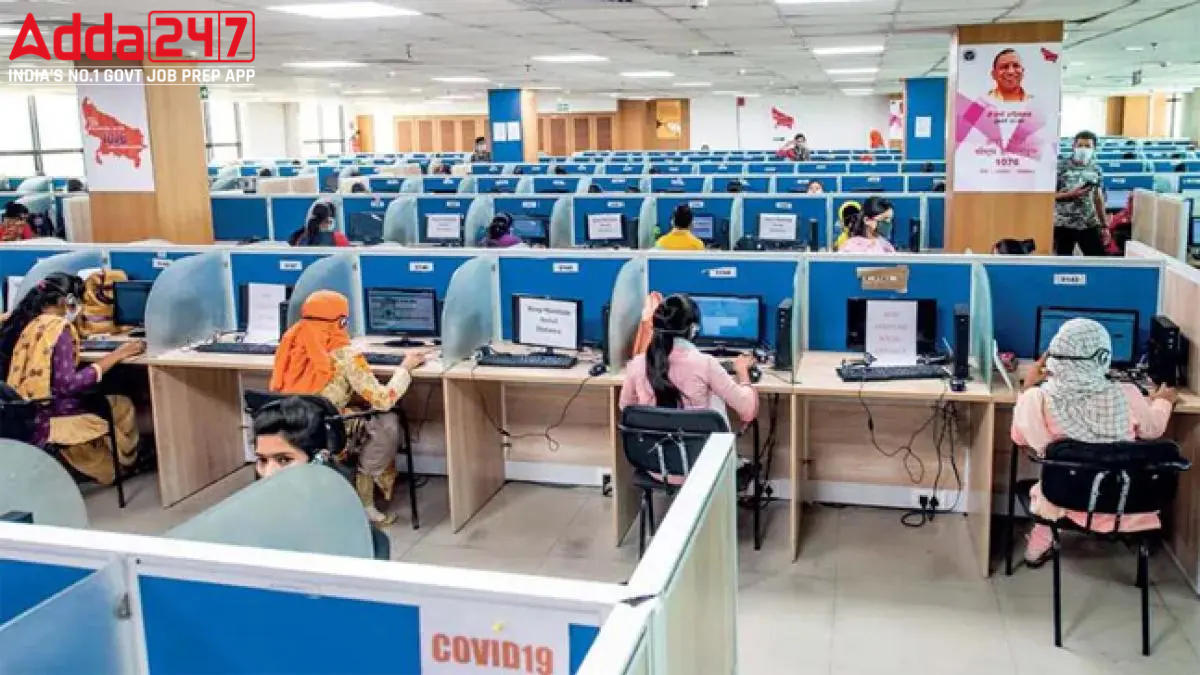Growth in India’s services industry eased to a six-month low in September, led by a cooling in demand amid high inflation, a private survey showed. The S&P Global India services Purchasing Managers’ Index fell to 54.3 in September from August’s 57.2, lower than the Reuters poll expectation of 57.0.
Buy Prime Test Series for all Banking, SSC, Insurance & other exams
No Contraction:
However, the September reading stayed above the 50-mark separating growth from contraction for the fourteenth straight month – the longest stretch of expansion since October 2016. Weak external demand weighed on sales of services sector, with international orders declining further in September, according to the survey. Service providers reported a further increase in their operating expenses during September, owing to higher energy, food, labour and material costs. Hiring in the sector continued for the fourth month but fewer jobs were created compared to August.
Growth Moderated:
Capacity pressures moderated in September, with services companies signalling the slowest increase in backlogs since February. Nevertheless, efforts to clear pending workloads and ongoing expansions in sales supported another round of job creation. Employment rose at a slower rate than in August, however,” the survey said.
Pollyanna De Lima, Economics Associate Director at S&P Global Market Intelligence, said: “The Indian service sector has overcome many adversities in recent months, with the latest PMI data continuing to show a strong performance despite some loss of growth momentum in September.”
But “an upturn in inflation could damage consumer spending, dampen business confidence and test the resilience of the Indian service sector in the coming months but, at least for September, service providers were strongly upbeat towards growth prospects,” she said. “Currency instability poses renewed inflation worries as imported items become more costly, and undoubtedly means that the RBI will continue hiking interest rates to protect the rupee and contain price pressures,” added De Lima.
Inflation: The Biggest Problem:
The Reserve Bank of India (RBI) has raised interest rates by 190 basis points since May to stem inflation and offset some of the effects of aggressive U.S. Federal Reserve hikes that have weakened many currencies, including the rupee. The overall S&P Global India Composite PMI Output Index slowed to 55.1 from 58.2 in August as both manufacturing and services sectors cooled on falling demand. On September 30, the monetary policy committee (MPC) of the Reserve Bank of India (RBI) raised the key lending rate or the repo rate to 5.90 per cent – the highest since April 2019. The MPC also decided to remain focused on the withdrawal of the accommodative policy stance to ensure that inflation remains within the target going forward, while supporting growth, RBI Governor Shaktikanta Das said.
What It Is Signalling:
“The signal from today’s PMI data is essentially one of consolidation, which is also visible across a host of other macro variables, including tax collections, fuel consumption, and mobility data such as railways and aviation traffic. Still, the overall resiliency in services PMI should keep growth broadly on track to hit 7% for FY2022-23. Looking through the details, the decline in services PMI came amid a bit of a pull back in was driven lower activity levels, especially as pent up demand is showing signs of waning ahead of the festive season. Employment generation also saw some consolidation, but has remained above 50 for four straight months,” Barclays said in a note.
Find More News on Economy Here



 Indian Olympic Medal Winners List Till N...
Indian Olympic Medal Winners List Till N...
 Who is the Inventor of the Gramophone?
Who is the Inventor of the Gramophone?
 HS Dhaliwal Appointed New DGP Of Andaman...
HS Dhaliwal Appointed New DGP Of Andaman...
